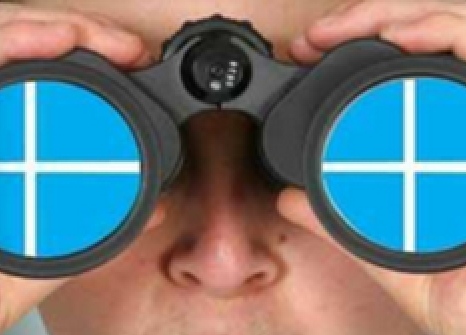How to make installing the Windows 7 convenience rollup a little less painful

A number of users attempting to install Microsoft's recent convenience rollup for Windows 7 and Windows Server 2008 R2 have found various steps along the way rather ... inconvenient.

There are some tips, courtesy of Microsoft's "Ask Premier Field Engineering (PFE) Platforms" blog that might help.
The convenience rollup, which Microsoft made available for download on May 17, is a collection of security and non-security fixes for Windows 7 Service Pack (SP) 1 and Windows Server 2008 R2 SP 1. After publishing a blog post announcing availability of the convenience rollup, Microsoft has published a number of additional blog posts with additional details about the rollup.
The Ask PFE Platforms team, for one, published a post on May 20 with more specifics about the rollup. There are some tips for those who've experienced long Windows Update scans after applying the rollup, especially on new installations, as well as those who are seeking to reduce the overall time to get a Windows 7 image up via PFE's Robert M. Smith's comments at the end of that post.
Smith suggests users disable their network connections until the reboot after installing the rollup. He notes users also can set Power Options to "High Performance," which may help those who control the host. Instead of choosing the option "Automatically install" when presented with the option for Windows updates, users should choose "Ask Me Later" when installing the rollup. After reenabling their network connections, users should then change the Windows Update setting to "check for updates but let me choose whether to download and install them," and then check for updates.
Using these steps, Smith said users might be able to get the first update scan after applying the convenience update down to an hour.
Smith also has a tip for those who need to install Windows 7 again or who need to do so repeatedly for enterprise customers. Once users get this convenience rollup image fully patched, they can clean it up, Sysprep it, save the OS to a .WIM file using DISM.EXE, both of which are built into Windows 7. Users' .WIM file will likely be 5 GB, so if they have a VM, they should add a secondary disk to it via the SCSI interface or save the .WIM to an external USB (preferably USB 3.0). Once users Sysprep that .WIM, they can write it out later to a new blank disk. The proper Sysprep switches are "sysprep /generalize /oobe /shutdown". That means that when they write this .WIM back out to a blank disk, when it starts up, it will run through OOBE, asking locale, timezone, and the other questions like a new installation.
Smith also said he optionally recommends customers make use of the free Microsoft Assesment and Deployment Kit (ADK). To do so, users import the .WIM they saved previously, customize it if they want by adding drivers and task sequences to install anti-virus, Office, etc., provide answers so that Out of Box Experience (OOBE) can be skipped altogether, and when finished have the ADK create a bootable .ISO of all that. From the .ISO users can easily create a bootable USB thumb-drive, he said. Users also can export all that into Windows Deployment Services or SCCM for more deployment methods, he said.
Smith noted in the comments that there is value even for those who have fully patched SP1 systems in installing the convenience rollup, as it contains most of the latest available hotfixes.
"Since Windows 7 did not have a next service pack other than SP1, all the hotfixes created since SP1 that were publicly released were only discoverable through the respective KB article and had to be downloaded one-by-one, which was a painful process," Smith noted. "There were fixes that weren't on Windows Update or anywhere else that I would recommend to customers for performance, reliability, and data integrity issues that were only found in hotfixes. I have had very good success with proactive hotfix recommendation, especially when we get a fix deployed for say a blue-screen, and the customer never experiences the blue-screen."
The convenience rollup isn't Windows 7 SP2, and doesn't extend the support period for Windows 7 SP1 beyond the current January 2020 cutoff date. But it's the next best thing.